The Airavatesvara Temple, located in Kumbakonam, Thanjavur District, Tamil Nadu, stands as a remarkable example of Dravidian architecture. This temple, constructed in the 12th century AD by the Chola emperor Rajaraja II, is part of the UNESCO World Heritage Site designation that includes the Great Living Chola Temples. The other temples in this designation are the Brihadeeswara Temple at Thanjavur and the Gangaikondacholisvaram Temple at Gangaikonda Cholapuram.
Chola dynasty
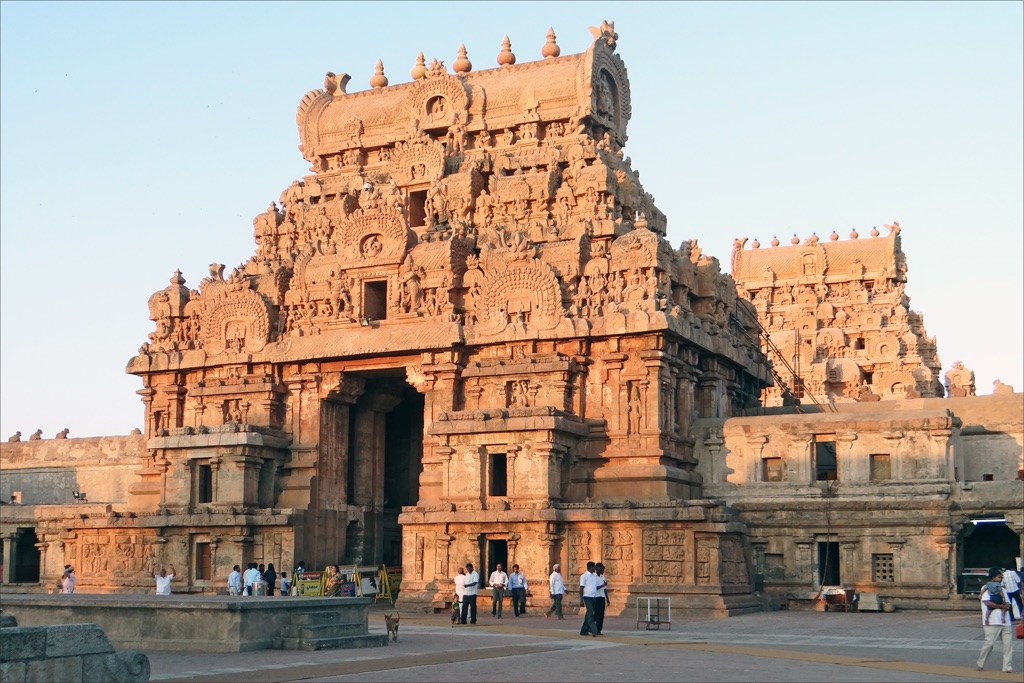
The Chola dynasty, one of the longest-ruling dynasties in the history of southern India, has left an indelible mark on the cultural, religious, and political landscape of the region. Originating in the fertile valley of the Kaveri River, the Cholas first rose to prominence in the latter half of the 9th century under King Vijayalaya Chola. This marked the beginning of an era that would see the dynasty expand its influence far beyond the confines of the Indian subcontinent, reaching the shores of Southeast Asia.
Under the reign of Rajaraja Chola I (985-1014) and his son Rajendra Chola I (1014-1044), the Chola Empire reached the zenith of its power and territorial extent. Rajaraja Chola’s conquests included the annexation of large parts of Tamil Nadu, Kerala, and northern Sri Lanka, while Rajendra Chola extended the empire’s influence to the banks of the Ganges in the north and across the ocean to the islands of the Maldives and Sri Lanka, and even to the Southeast Asian territories of Malaysia, Indonesia, and Southern Thailand. These military campaigns not only expanded the Chola territory but also facilitated the spread of Hinduism and Tamil culture across Asia.
The Chola dynasty is also celebrated for its monumental contributions to Dravidian architecture, literature, and art. The Brihadisvara Temple at Thanjavur, built by Rajaraja Chola I, stands as a testament to the architectural prowess of the Chola era. This UNESCO World Heritage site, renowned for its magnificent sculptures and intricate frescoes, encapsulates the zenith of Chola artistic achievement. The temple’s towering vimana (temple tower) is one of the tallest of its kind and symbolizes the dynasty’s unparalleled contributions to temple architecture.
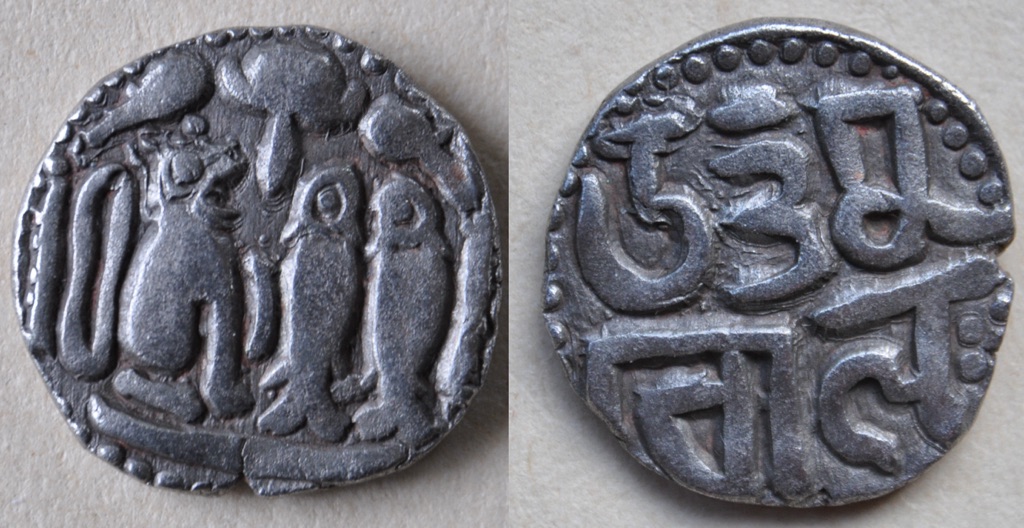
The administrative system of the Cholas was equally remarkable for its time. They established a highly organized and efficient administrative structure, with a central government overseeing various provinces, each under the control of local governors. This system facilitated the effective management of the vast empire and the implementation of a uniform set of laws and policies. The Cholas were also pioneers in water management, developing extensive irrigation networks that significantly enhanced agricultural productivity and supported the empire’s burgeoning economy.
The Chola navy played a pivotal role in the expansion and maintenance of the empire’s overseas territories. Recognized as one of the most powerful naval forces of its time, the Chola navy enabled the dynasty to control the trade routes in the Indian Ocean, thereby monopolizing trade with Southeast Asia and China. This naval dominance not only secured the Chola’s economic interests but also allowed for the cultural exchange between South India and the countries of Southeast Asia, leaving a lasting legacy on the region’s art and architecture.
Despite their military prowess and administrative acumen, the Chola dynasty eventually declined in the 13th century, succumbing to the combined pressures of internal strife and external invasions. However, the legacy of the Cholas endures through their monumental architectural achievements, their contributions to Tamil literature and culture, and their influence on the spread of Hinduism and Indian culture across Asia. The Chola dynasty, with its remarkable achievements in various fields, remains a subject of fascination and study for historians and scholars around the world, symbolizing an era of unparalleled cultural and political ascendancy in South Asian history.
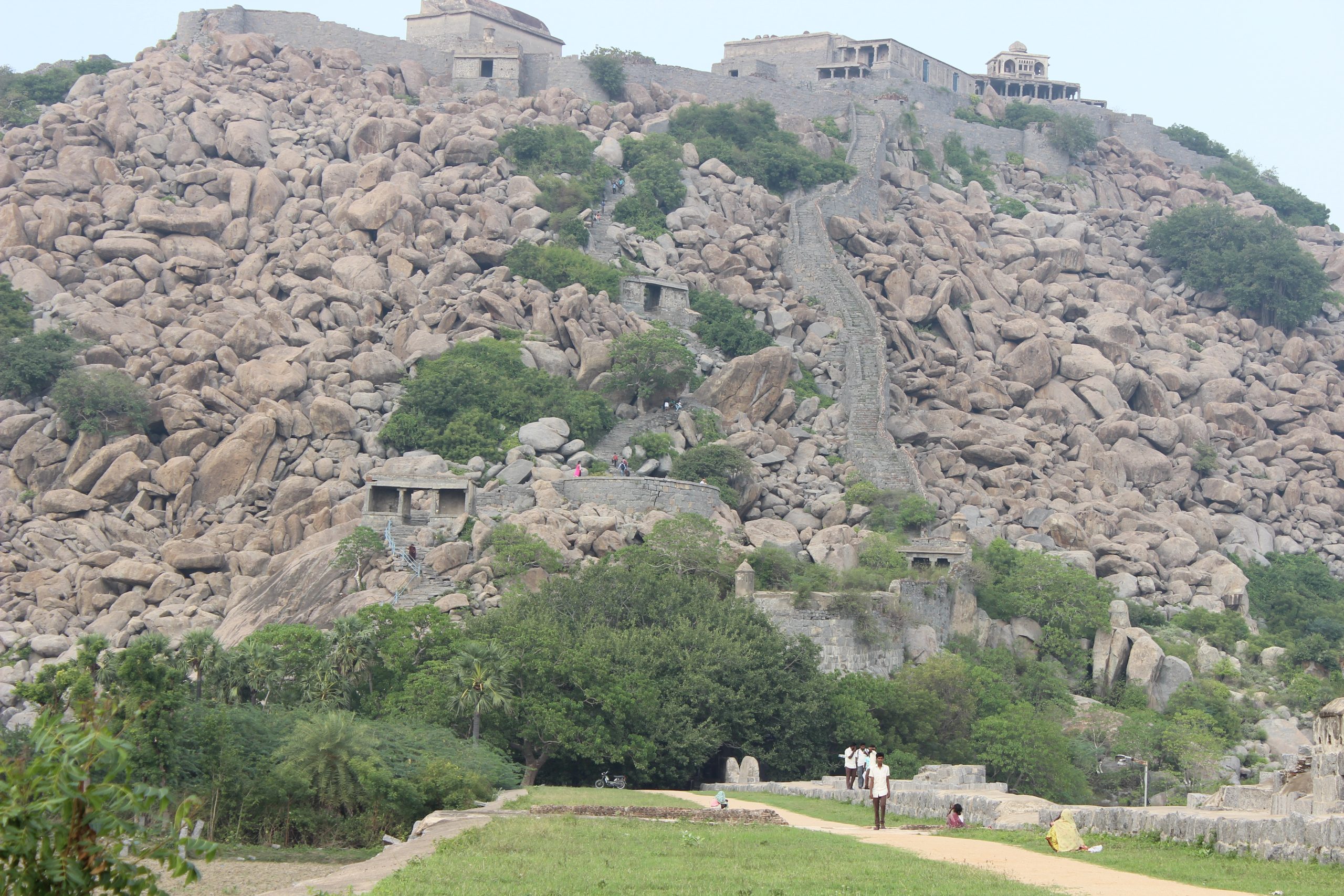
Gingee Fort
Gingee Fort, also known by various names such as Senji, Chenji, Chanchi, Jinji, or Senchi, stands as a testament to the architectural and military acumen of its erstwhile rulers. Located in the Villupuram District of Tamil Nadu, India, approximately 160 kilometres from Chennai, this fortification is a significant historical monument that has witnessed the ebb and flow of several dynasties and empires in South India.
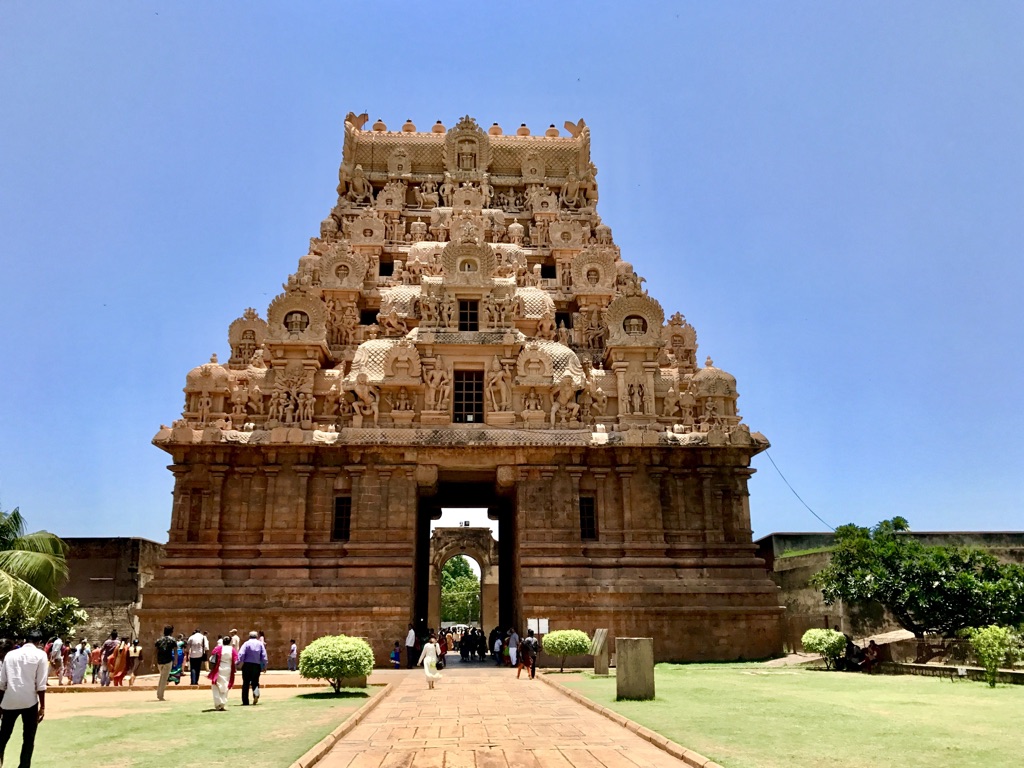
Brihadeeswarar Temple
The Brihadeeswarar Temple, also known as the Big Temple, is a marvel of ancient Indian architecture and a testament to the grandeur of the Chola dynasty. Located in Thanjavur, Tamil Nadu, it is a Hindu temple dedicated to Lord Shiva. Built by Emperor Rajaraja Chola I in 1010 AD, the temple is a part of the UNESCO World Heritage Site known as the “Great Living Chola Temples.” Its towering vimana (temple tower) stands at about 66 meters, making it one of the tallest of its kind. The temple’s intricate sculptures, frescoes, and architectural expertise reflect the zenith of Chola art and engineering.
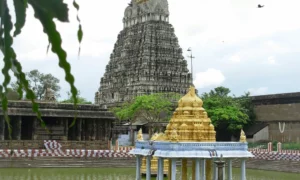
Chayavaneswarar Temple Sayavanam
The Chayavaneswarar Temple Sayavanam is a Hindu temple dedicated to Lord Shiva, located in the village of Sayavanam in Tamil Nadu, India. This ancient temple, rich in history and tradition, is a significant example of Dravidian architecture. It stands as a testament to the religious devotion and artistic skill of the Tamil people. The temple is renowned for its intricate carvings, towering gopuram (gateway tower), and the sacred tank believed to have curative properties. It has been an important pilgrimage site for centuries and continues to attract devotees and history enthusiasts alike.
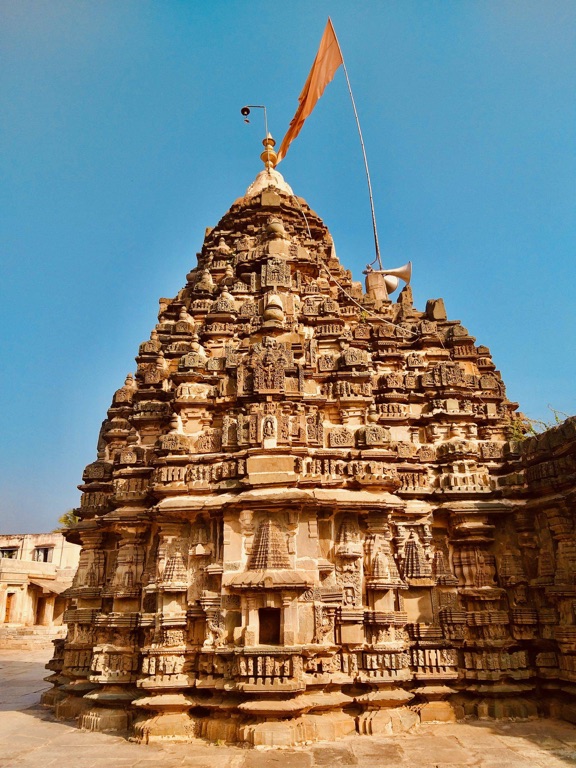
Someshwara Temple
The Someshwara Temple, nestled in the heart of Kolar, Karnataka, India, is a magnificent testament to the Chola dynasty’s architectural prowess. Dedicated to Lord Shiva, this ancient temple is steeped in rich history and cultural significance. It is adorned with intricate carvings and designs that captivate visitors, making it a popular destination for history buffs and devotees alike.

